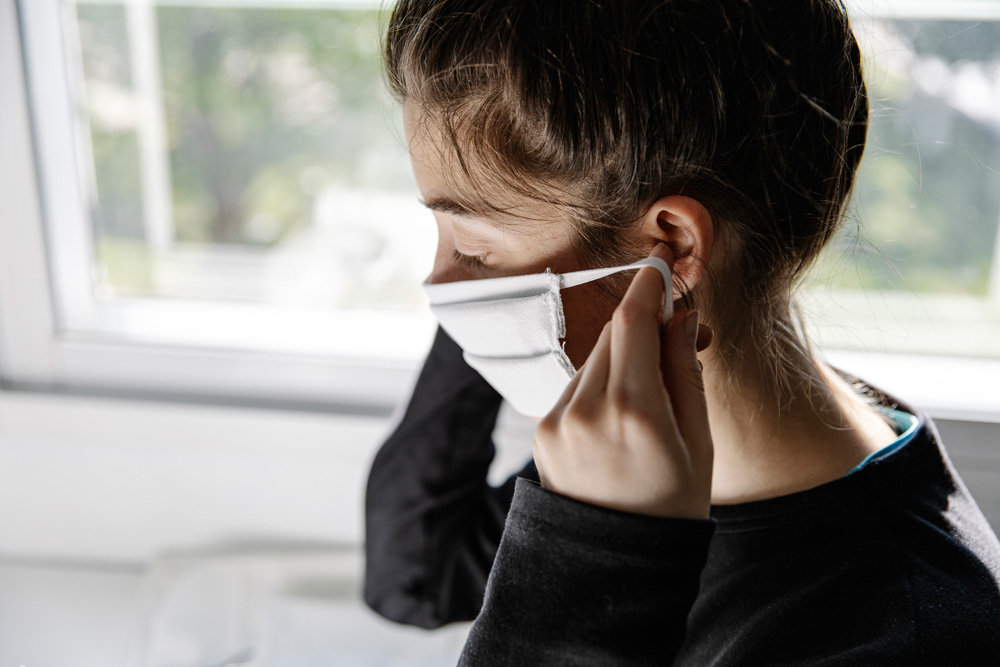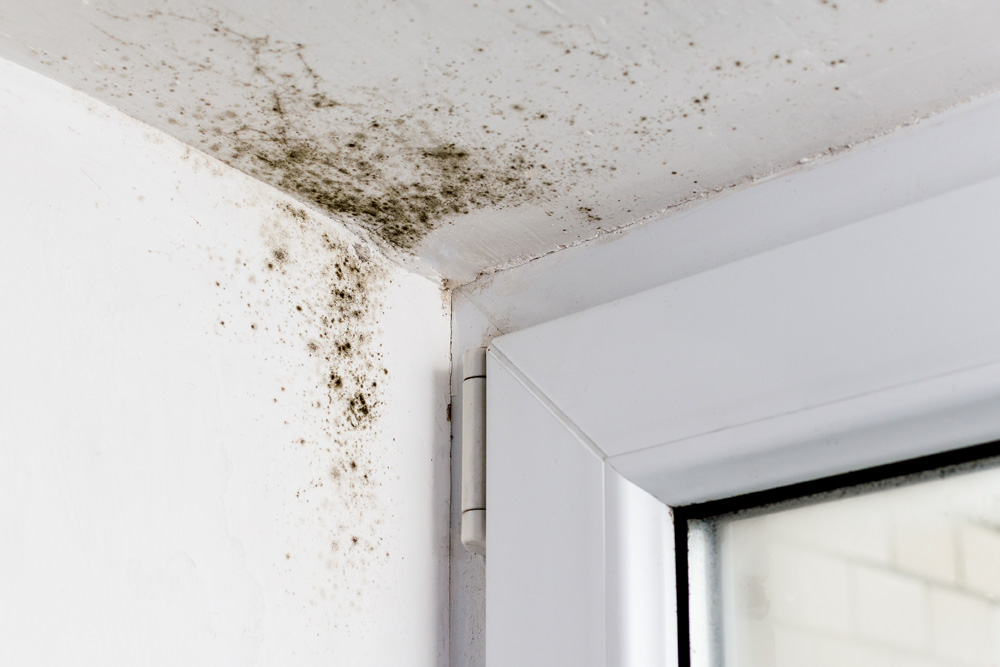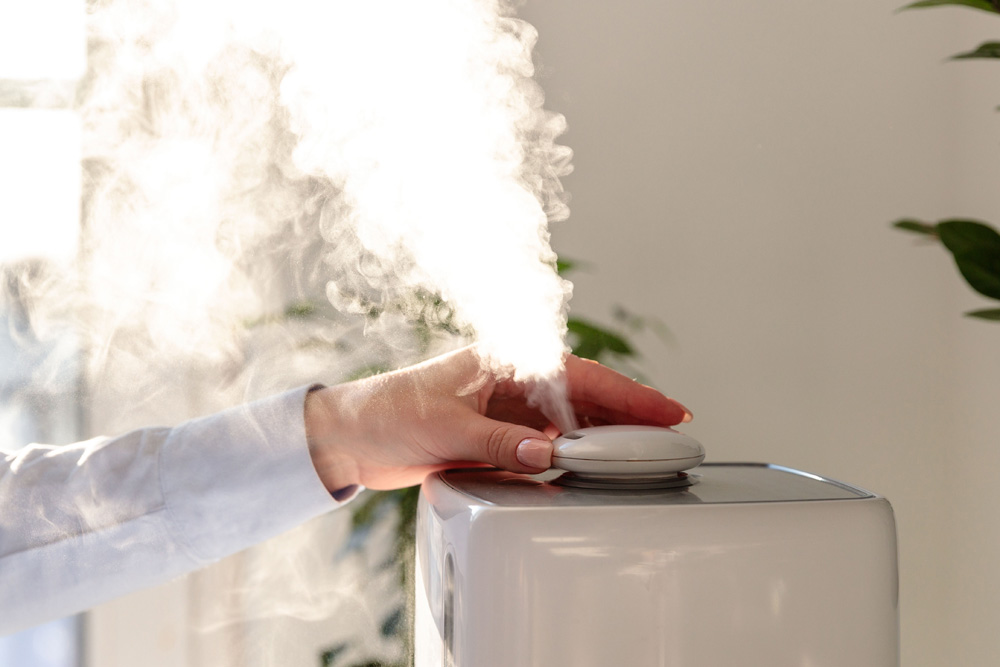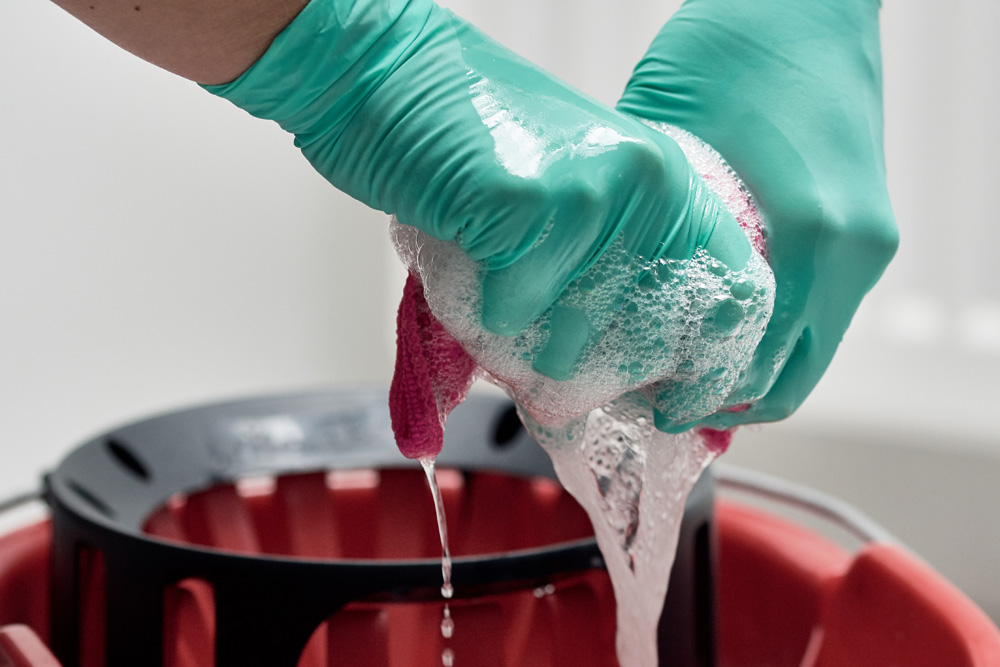As we go into the winter months, many of us will have to deal with mould in our homes. This is especially true for those of us who live near the coast or a lake where humidity levels are naturally high. Mould is unsightly and can cause structural damage. It also affects our health.
So how do you identify it and what should you do if you find signs of it? Mike Feldstein, founder of Jaspr – a company that makes medical-grade air purifiers – has the lowdown on how to detect if there’s mould in your home and what to do about it.

Signs of Mould: Feeling Lethargic
One of the more surprising symptoms there is mould in your house is that you feel lethargic without knowing why. There are several reasons why this happens but it’s mostly because of sleep deprivation from other health issues caused by mould. If you simply don’t have the energy for anything, check with your healthcare provider to rule out other possible causes and be on the lookout for other signs of mould.
Related: The 20 Best Bedroom Plants to Help You Get a Better Sleep

Signs of Mould: Allergy Symptoms When You’re Home
Along with fatigue, allergy symptoms that seem to abate when you’re not home are common signs that there is mould in your house. One of the ways your house could be making you sick is when you breathe in mould spores that then cause an allergic reaction. The symptoms are normally similar to those of a cold – runny or stuffy nose, sneezing, coughing, a scratchy throat and itchy, watery eyes – but can also be more severe, like those of asthma.

Signs of Mould: A Musty Odour
How can you tell if there is mould in your house? Use your nose. Mould has a very distinctive odour: musty and earthy, kind of like mushrooms or old socks. If you smell mould in your home, first check that you’re not just smelling the laundry basket or damp towels that have been left on the floor. Then follow the smell to find the affected area.
Related: Top 10 Secrets of People Whose Houses Smell Amazing

Signs of Mould: Discolouration
Sometimes, how to tell if there’s mould in your house is as easy as seeing it. Affected areas like walls, drywall, floors, carpets, ceilings and tiles will show discolouration, as if there’s a big stain there. The colour depends on the species of mould but most commonly it will be green, black or white. The surface may also be uneven and almost powdery.
Related: How Healthy is the Air in Your Home? Here’s How to Check

Where to Check: Damp Spots
Because mould grows best in humid conditions, the first places to check if you suspect a mould problem are damp and dark spots. These include the basement; the attic; the bathroom, especially tiles and grout, behind the toilet and under the sink; the kitchen, especially under the sink and in and behind appliances; windows and windowsills; mattresses, upholstered furniture and curtains.
Related: 10 Natural Ways to Keep Bathroom Tile and Grout Free From Mould

Where to Check: HVAC
Regularly changing the filters on your HVAC unit is not only one of the easy ways to make your home more energy efficient but it’s one of the ways how you can tell if there’s mould in your house: mould especially loves growing in spots like the drain, the pans and the ducts, so as you change the filters, make it a habit of checking for dampness and signs of mould too.

Where to Check: Humidifiers
When it’s cold outside, the furnace pumps hot air into your home. To combat the dry skin and nosebleeds associated with all that dry air, a humidifier adds moisture to the air. However, because it’s constantly moist, the humidifier itself is also prime breeding ground for mould and can blow those spores into your home, causing the mould to spread.
Related: 8 Rooms You’ve Never Considered Renovating – Here’s Why You Should

What to Do: Clean it Up
When you’ve found mould in your home, you need to clean it up. For smaller patches, you can don the goggles, gloves and N95 mask and do it yourself: vacuum the affected area and then wash it with water and dish soap. Areas prone to mould are also among the many things you should be cleaning with vinegar. If the mould problem is extensive, it’s best left to the professionals.

What to Do: Turn on the Fans and Dehumidifier
When you’ve cleaned up the mould, you need to ensure that it won’t come back. To do this, you need to get rid of excess dampness in your home. Run the bathroom fan whenever you’re running water and for at least an hour afterwards. Open the windows or turn on the exhaust fan when you have to hang out clothes to dry inside. Use a dehumidifier in damp rooms like the basement.
Related: Laundry Room Ideas That Are Beyond Stylish (and Super Functional)

What to Do: Use an Air Purifier
You also need to get rid of mould spores in the air if you want to prevent mould from growing and spreading. There are some plants that will improve the air quality in your home but it’s more effective to use a HEPA – high efficiency particulate air – purifier like the Jaspr, which you can rent or buy. It’s designed to keep your whole house clean and is 99 percent effective in getting rid of airborne mould spores.
HGTV your inbox.
By clicking "SIGN UP” you agree to receive emails from HGTV and accept Corus' Terms of Use and Corus' Privacy Policy.





